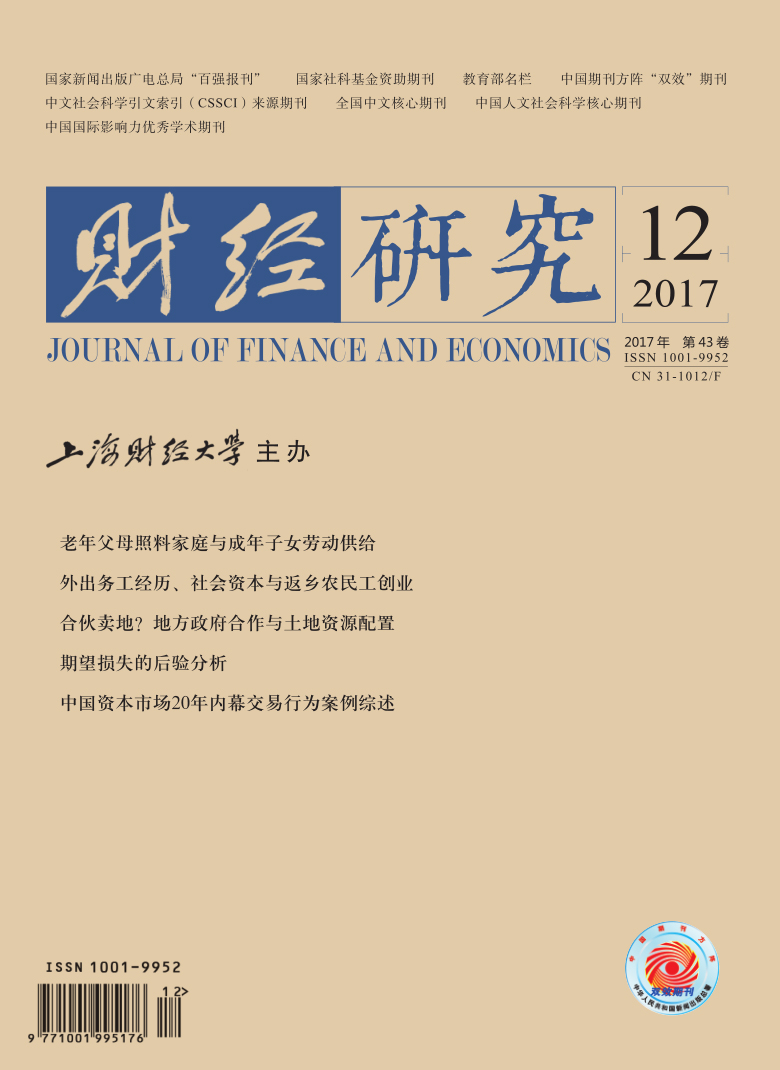Venture capital (VC) is a key financial strength to support mass entrepreneurship and innovation. Chinese VC market has been rapidly growing and VC has increased by 21% annually since 2004. However, there are two important deficiencies in Chinese VC market:firstly, the proportion of early stage investment is relatively low; secondly, the proportion of high-tech investment is not high. The governments establish a lot of state-owned VCs, hoping to "crowd" market funds into early-stage and high-tech ventures. Currently, the proportion of direct or indirect state-owned VCs in the market is more than 30%. Regarding this background, the existence of such two deficiencies implicates that it is necessary to exam the crowding-in role of state-owned VCs.
This paper firstly clarifies the intrinsic mechanism of the crowding-in role of state-owned VCs and points out that the crowding-in role of state-owned VCs lies in trial-and-error testing and signaling functions, namely certification effect, thereby leading to the leading-following relationship between state-owned and private VCs in investment series. Then using the data of investment series targeting Chinese unlisted ventures and based on certification theory, this paper performs a more direct examination of the crowding-in role of state-owned VCs.
Results show that state-owned VCs do not play a universal crowding-in role. On one hand, state-owned VCs step in ventures' first round of fundraising relatively later than private VCs; on the other hand, state-owned VCs' previous stepping in an investment series has a negative impact on private VCs' subsequent participation. Principal-agent problem accounts for these results. A specific factor exploration in this paper shows that unclear orientation management and improper resource supporting strategy are part reasons for provoking agency conflict, which is meaningful for the practitioners to improve state-owned VCs management.
Possible contributions of this paper are the first use of Chinese non-listed firm data to test the crowding-in role of state-owned VCs, and innovative test method, i.e. taking the impact of state-owned VCs on private VCs within investment series as key measures, which provides more robust and direct evidence for the crowding-in role of state-owned VCs.





 8959
8959  5218
5218

